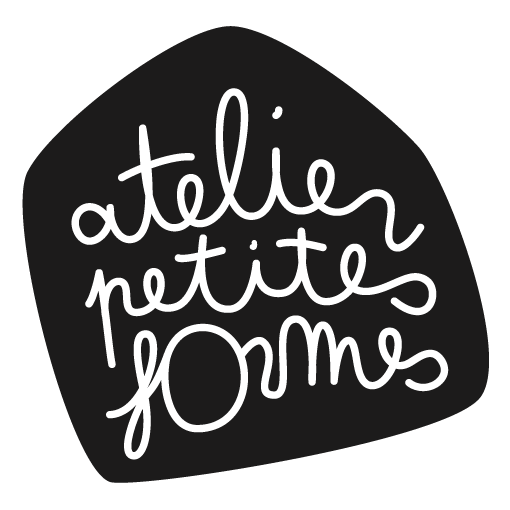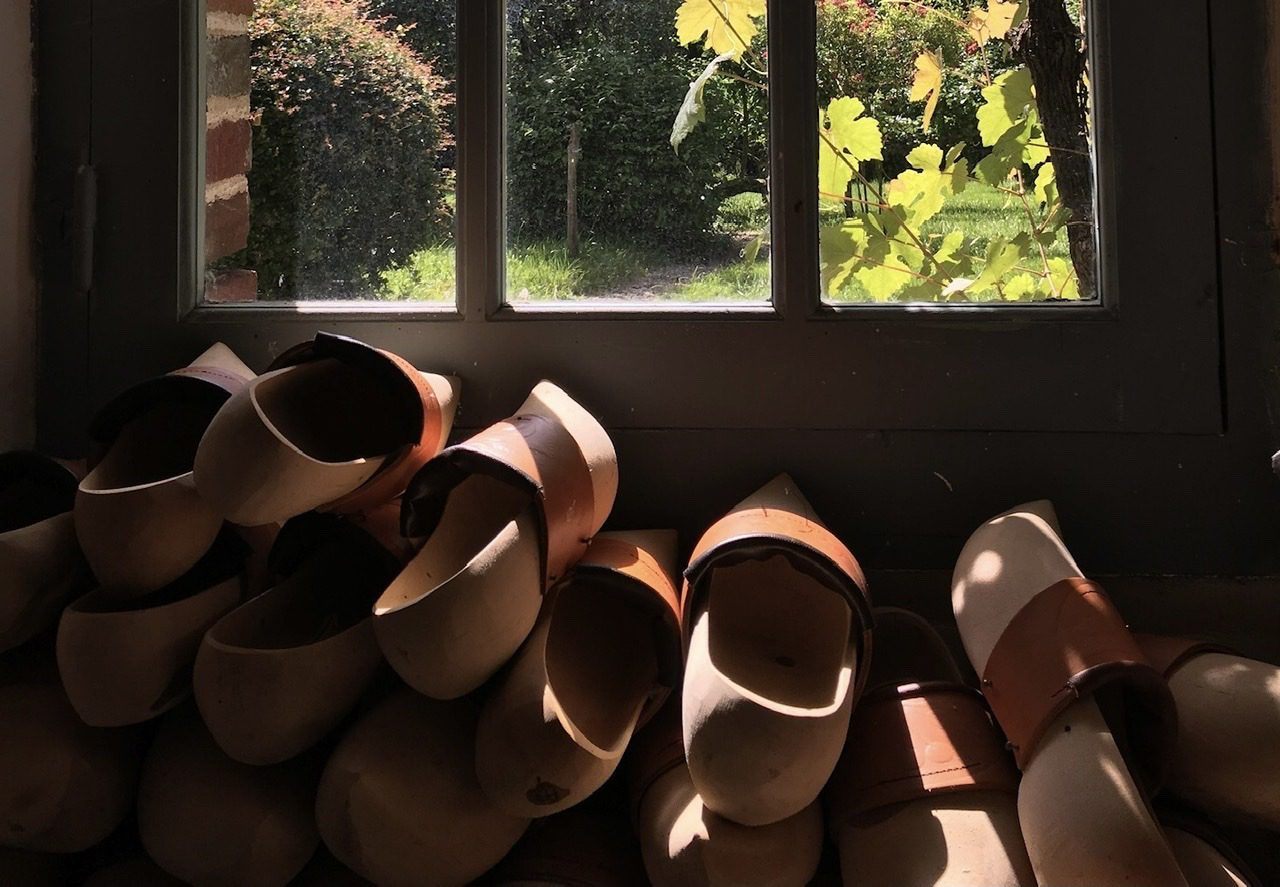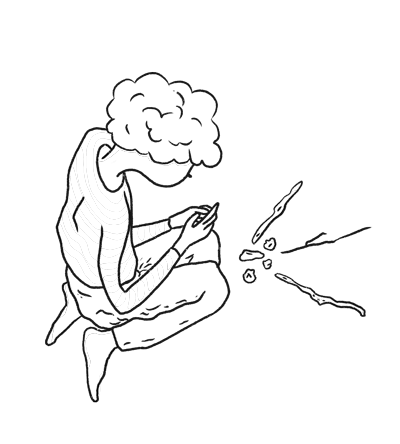The toys of the Laduz Museum
I had the opportunity to work for a few months at the Musée d'art populaire de Laduz in the Yonne department. A rural museum built by the Humbert family: Jacqueline Raymond and their three sons, to showcase their exceptional collection of 19th century crafts from the regions of France before industrialisation.
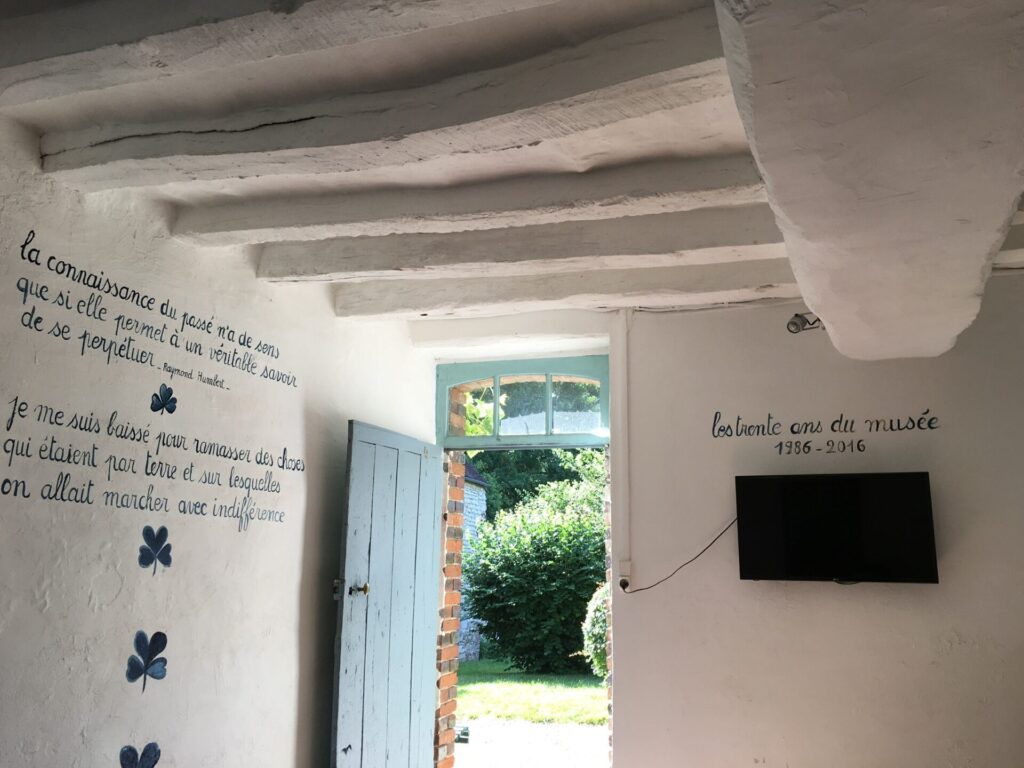
The scenography is remarkable, and the choice of objects, from the smallest tool to a singular work, is made with a taste and sensitivity that have always transported me.
Several of the museum's folk art collections touched me, and I was lucky enough to wander through my favourite rooms every day: the Workshop of Alfred Chanvin, carpenter in fairground art, the popular navy and folk toys.
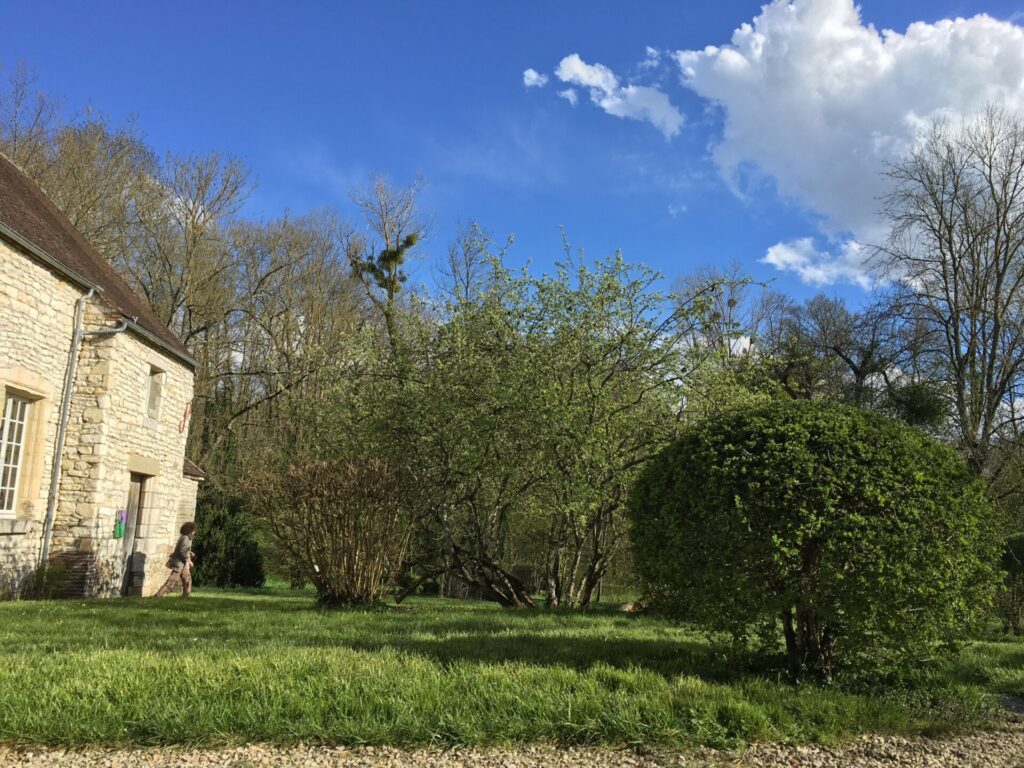
The toys are displayed upstairs under the mansard roof of the limestone building. The walls are midnight blue and in each toy there is a mystery to be unravelled. This popular toy room was half enchanting, half frightening.
On several occasions, I have welcomed groups of children into this double bedroom, and their curiosity about straw-stuffed bears, boiled cardboard dolls, iron dinners, painters' sets, magic lamps, mine always renewed.
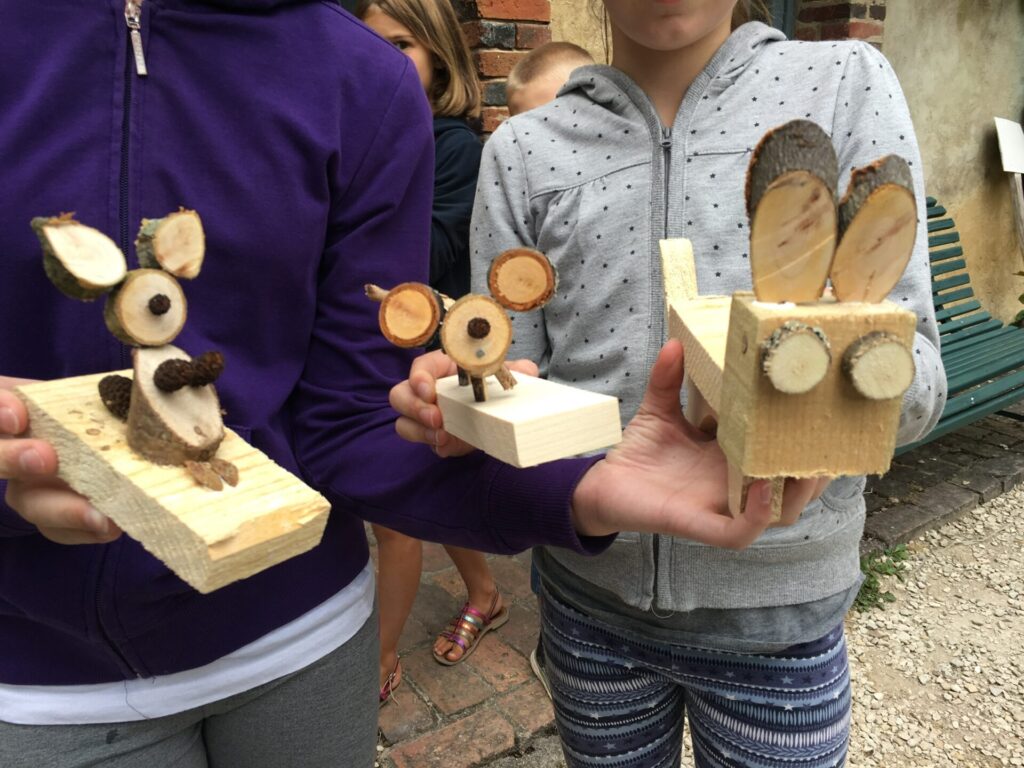
The humility of the little wooden horse made by a father for his child at the end of the 19th century, the archetypal horse with simple lines based on the shape of the piece of wood was our favourite, for Jacqueline Humbert and me.
What fascinated me was seeing how toys were made, far from plastic and formatted toys, standardised age by age. I saw how parents of yesteryear could spend their evenings making little companions for their children, crafting with what they had on hand, crafts of infinite beauty.
The cheap industrial toys that village children could buy profoundly changed human relations, particularly between children and their parents. Previously, they had never experienced poverty. This did not give them access to consumer goods that they did not see existed, but this was compensated for by their ability to make and create.
Les jouets populaires, Raymond Humbert, Temps Actuels Editions, 1982
Documenting the history of toys through the writings published by Raymond Humbert, discovering toys of yesteryear, accompanying children in their observations and in the making of simple wooden toys subtly and without realising it in the moment, inspired and focused on my current project: a workshop for small forms, a workshop for the design and manufacture of humble and authentic toys for children.

